Wearing perfect-fit running shoes is essential for successful and efficient running or training. This will guarantee not only comfort but also the optimum performance in every step of the way.
Now, the question is, how will you know that it’s the perfect pair? How should running shoes fit? Read on to find out.
How to Measure Foot Size Properly?
Before getting the right fit of running shoes, it is important to start with your foot measurement. This can be achieved by following these six easy steps:
1. Place a piece of paper on a hard and flat-surfaced floor.
2. Stand with one foot on the paper. Be sure to wear socks similar to what you wear when running.
3. Trace a thin line around the outside of your foot while keeping your body weight over your foot.
4. Determine your foot length by vertically measuring the length of your foot tracing.
5. Determine your foot width by measuring the widest part of your foot tracing horizontally.
6. Repeat steps on the other foot.
How to Find the Right Size?
During running, your feet tend to lengthen and widen as they make contact to the ground. They then return to their normal size once they reach mid-air.
Due to these adjustments, it is recommended to choose a pair that is half size longer than your measured size or your standard casual shoes.
How Should Running Shoes Fit?
These basic principles should always be your top considerations to know whether the running shoes perfectly fit your feet.
Toe Fit
This should allow about a half- to full-thumb-width space between your toe and the end of the shoe. You can check for the proper length and width by pressing your thumb down next to the ball of your foot and around the toes while standing.
Mid-foot Fit
A properly fitted running shoe should feel snug, but not too tight, in the mid-foot and the heel. This should provide wiggle room around your toes.
Heels Fit
Try to raise your heel while holding the back of the shoe to determine the correct fitting. This should allow little to no movement.
Eyelet Rows Fit
Lastly, check the eyelet rows present on either side of the tongue. The rows should be closely parallel with each other.
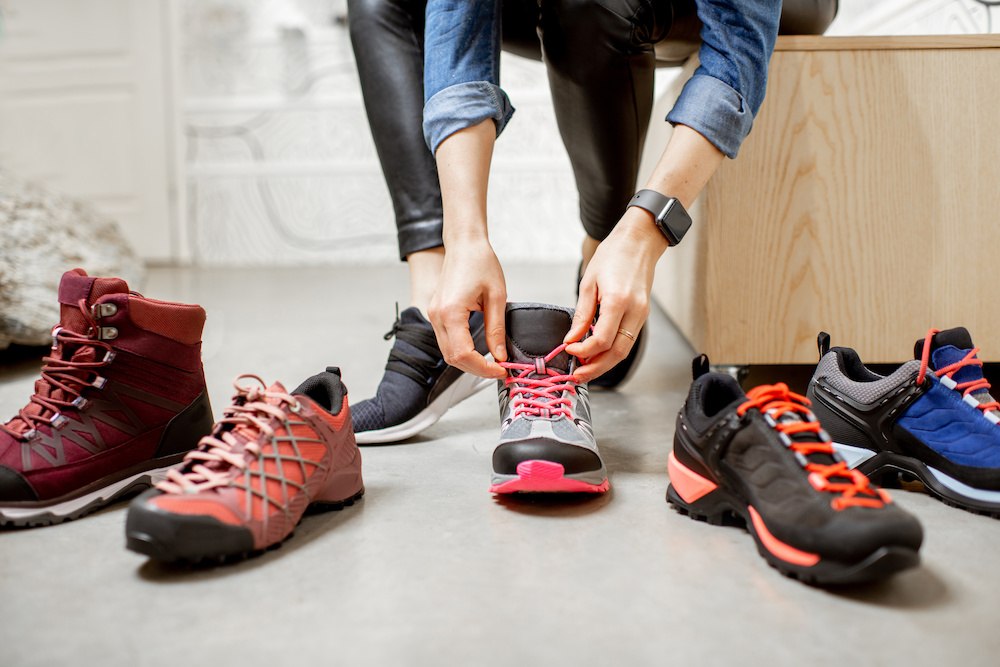
Tips for Getting Properly Fitting Running Shoes
Before shopping for a new pair of running shoes, you should research and plan. Here are some of the useful tips that you can use for a successful fit session:
1. Know where to buy.
Go to a store that offers a wide variety of healthy selection of running shoes. Try to go there during a less busy time to roam around easily and see the possible choices.
If possible, call the store ahead of time to know the schedule of the most experienced footwear staff. The presence of a knowledgeable specialist, or a savvy footwear staff, will greatly help, as he can understand the basics of feet sizing, such as arch length and foot volume.
2. Always fit with your larger foot.
Every human has a slight difference in feet size from one another. Your left and right foot may differ in as much as a full size. Use your larger foot as the base fit since it’s the one that will suffer more if the shoes you pick are too short.
Fit the running shoes at the end of the day. The feet swell throughout the day and tend to be in its largest in the afternoon. For extra precision, you can fit your feet after standing or running for as long as your workout routine typically lasts.
3. Sock fitness can affect the shoe fit.
Always try the shoes on using the socks you plan to wear during running. Remember that you are really fitting your feet plus your socks. However, you can also change the thickness of your sock to achieve a fine-tune fitting.
If you are wearing orthotics, then you should bring them in, too, as they will also affect the fit of the shoe.
4. Try different lacing techniques.
Different lacing techniques can affect the shoe fit. It is important to choose the right style that perfectly suits you and your needs.
5. Be wary of the different brand fits.
Each shoe brand has its proprietary foot model, giving you a better and successful fit if your foot is closest to this model. This is something that most shoe buyers don’t know, so an in-store fit session is really important.
6. Re-measure your shoe size each year.
The feet change their size as you age, so it is important to update your size regularly. This change in sizes can also be affected by weight changes, activity levels, pregnancy, or even surgical operation.
Smaller shoes are mostly to cause an issue than the larger or bigger ones. Tighter fitting shoes can lead to a better connection during the pace due to the wiggle room and secure fit.
What Happens When You Wear the Wrong Size Running Shoes?
You may think that wearing a shoe that is even half a size bigger or smaller than your actual shoe size may not make much of a difference. Sadly, this is not the case. Hence, let us discuss in detail what exactly can happen when you wear the wrong size shoes.
Wearing Smaller Sized Shoes
When you wear small-sized shoes, your toes will definitely hit the front of the shoe, and this will add to the bane of a runners’ existence, which is missing or black toenails.
This contact could also damage the metatarsals and the ligaments in your toe, which could lead to deformities such as hammertoes. Over time, there is a possibility that you could develop Freiberg’s infraction, which is a stress fracture of the second metatarsal that develops from constant impact.
In addition, when you squeeze your toes too tight, it forces the foot’s muscles out of its correct alignment. This will ultimately result in you feeling tired and even cause pains in your bunions and arches.
The front of the ankles has a bundle of tendons, blood vessels, and nerves, which are secured with the help of a tight band of tissue. By wearing tight shoes, you end up compressing them, resulting in aches on top of the foot or even in tingling or numbness throughout them.
Wearing Bigger Sized Shoes
With bigger sized shoes, your feet will constantly move around in them as you run. When your shoe does not lock down the navicular bone, the foot will move frontward and backward with every step you take.
The stress of bunching socks and shifting shoes against your skin will create blisters. You could also end up with toenails or toes that are bruised, as the foot keeps banging to the front of your shoe with every glide.
Wearing Stability Shoes
If you wear stability shoes with a rigid post, wearing a size too big or small could affect your step, where it can fall on your instep. This means you could inadvertently apply pressure on the plantar nerves that run across the bottom of the feet.
Having any constriction there could potentially cause tingling, numbness, and even pain, which could mimic conditions such as plantar fasciitis.
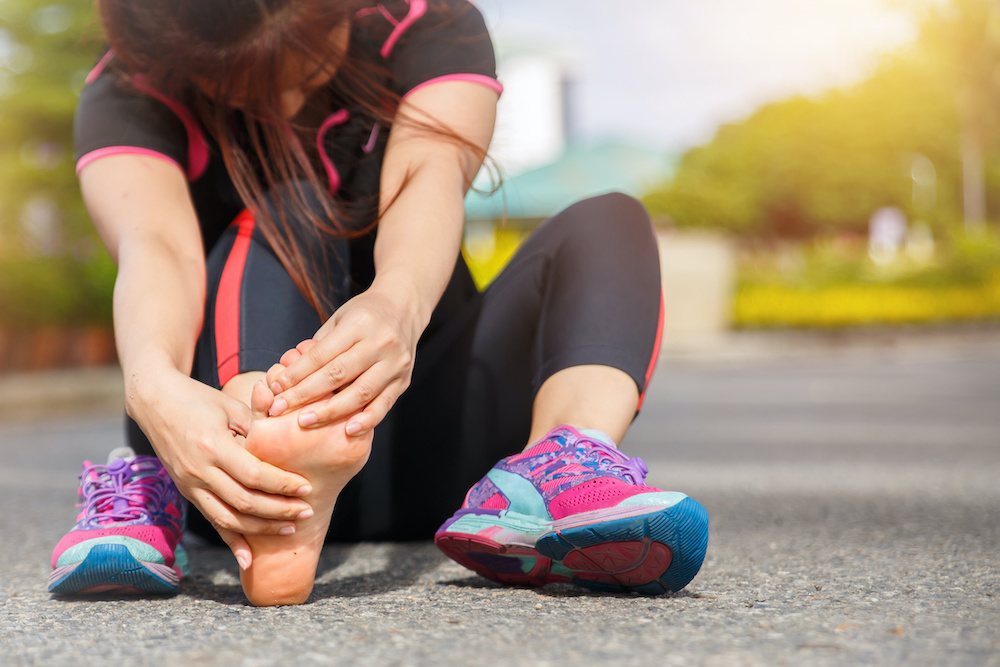
What Are the Signs of Improper Fitting?
After you use your running shoes on several trial runs, look for any of these signs, which show that your shoes don’t fit you properly:
1. Numbness in the Toes
The tingling sensation in your toes can indicate the insufficient volume in the shoes, especially if you have a high-volume foot. It can also mean that your shoes are too narrow or too short.
Narrow shoes can lead to serious foot problems. It is important to address this problem immediately as soon as you experience it.
2. Blisters on Toes and Ball of the Foot
The blisters that are commonly observed in between or on top of your toes are possible indications that your shoe is too small for your size. On the other hand, the blisters observed on the ball of your foot are signs that the shoe is too wide for you.
3. Bruised Toes
Bruised toes simply indicate that your shoes are not long enough for your size.
4. Heel Blisters
The blisters on the heel can be brought about by improper lacing of the shoes. Try lacing your shoes using a runner’s loop. However, if this doesn’t work and fix your heel problem, then you can use a shoe with a narrower heel cup.
Always keep a record of your foot issues. Consult a specialist and mention every single detail, such as bunions, hammertoes, and temporary conditions, including plantar fasciitis.
How Often Do Runners Wear Incorrect Sizes Shoes and Why?
You would be surprised to know that quite a few people wear wrong sized shoes, and they tend to be mostly small. This can be anywhere between half a size and two sizes too small.
Most commonly, new runners wear ill-fitting shoes. It could either be because they are used to incorrect sizing, or they are used to being uncomfortable. It has just been so long that they can’t figure out where the source of discomfort is anymore.
Note that people are not masochistic or dim; there are valid reasons for this.
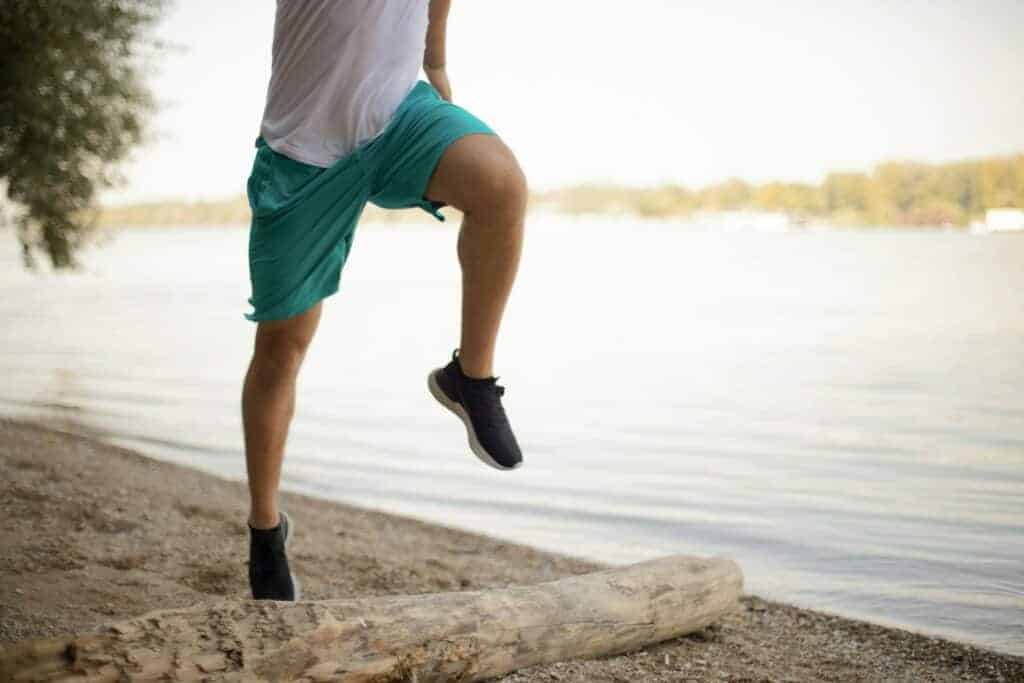
Inconsistency in Shoe Sizes
One of the common reasons for this is shoe sizes being confusing. Shoes tend to be a lot like bras; there aren’t any standard guidelines for the numbers.
So, a size 11 in an Adidas shoe could differ quite a bit from a size 11 in a Nike shoe. What makes matters worse is that running shoes have sizes that tend to be inconsistent within the same brand. This means that one model can differ from another one, even when they are from the same brand.
If that’s not enough, the sizes could shift, as well, especially when a brand releases a newer version of the running shoe. This could be due to the material used in the new shoe or the way it was made, resulting in it becoming slightly different from the older version and affecting the size.
Inconsistency in the Foot’s Width
The length of our feet may stay the same as we age; however, the width does tend to become wider over time. The mechanical forms on which the shoe shape and size are based on have, unfortunately, not kept up with this.
In addition, women normally have a much higher difference in the width between their forefoot and heel, yet they are squeezed in shoes that are narrower at the toes, simply for aesthetic purposes.
In certain cases, shoes that have a wider width will often be marked with a letter from E onwards for men and D onwards for women. These tend to have the same size midsole, but only a little extra fabric was added to it.
Busting Common Running Shoe Myths
Below, we will clarify some of the most common footwear myths that most of us tend to have. These include:
Myth #1: It takes weeks to break in a pair of running shoes.
Running shoes should be comfortable when you wear them. If you have to “break into them” to feel comfortable, just avoid them altogether.
Myth #2: You must buy shoes before you go for a run.
This honestly depends on when you are going to run. Our feet will expand all through the day and even after your run. Therefore, if you run mostly in the evenings, then shop for a shoe in the evening. If you run before the sun even comes up, then shop for a shoe earlier in the day.
Myth #3: You need to replace your running shoes every six months.
While that could be true, you may need to replace your shoe even earlier in case you are getting pains and aches or the miles on the shoe have crossed more than 300. That is a clear indication that it is time to change your shoes.
Myth #4: You should buy shoes that are half a size bigger than your normal shoe size.
Absolutely not. You must make sure that you are buying running shoes that are meant exactly for your feet. Most importantly, you must buy a shoe that fits your entire foot perfectly, as that could reduce the chances of any injury.
Myth #5: You stay the same shoe size for the rest of your adult life.
Your feet will expand, possibly in all directions, as you grow older. Middle-age isn’t just spread for bottoms and waistlines.
Final Thoughts
Knowing how should running shoes fit must start by determining your correct feet measurements. This will give you an idea of what kind of shoes to look for in a store.
Try to do your research on what suits you best and consider important factors in choosing the best-fit shoes. This should give you comfort and boost your performance during running. Remember to never settle for something good; instead, always go for the best pair of running shoes for you.

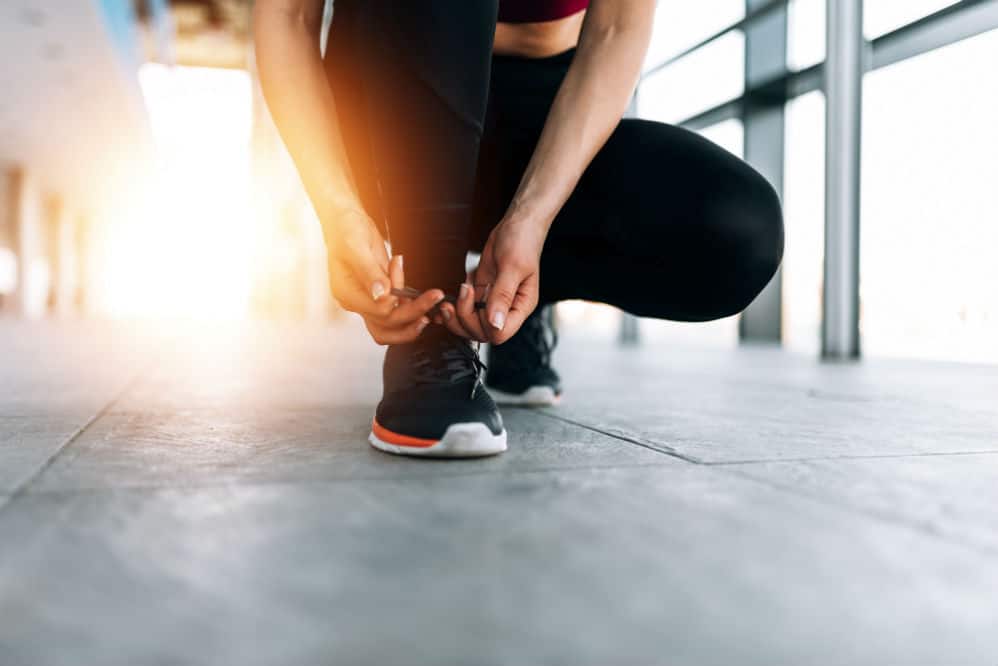
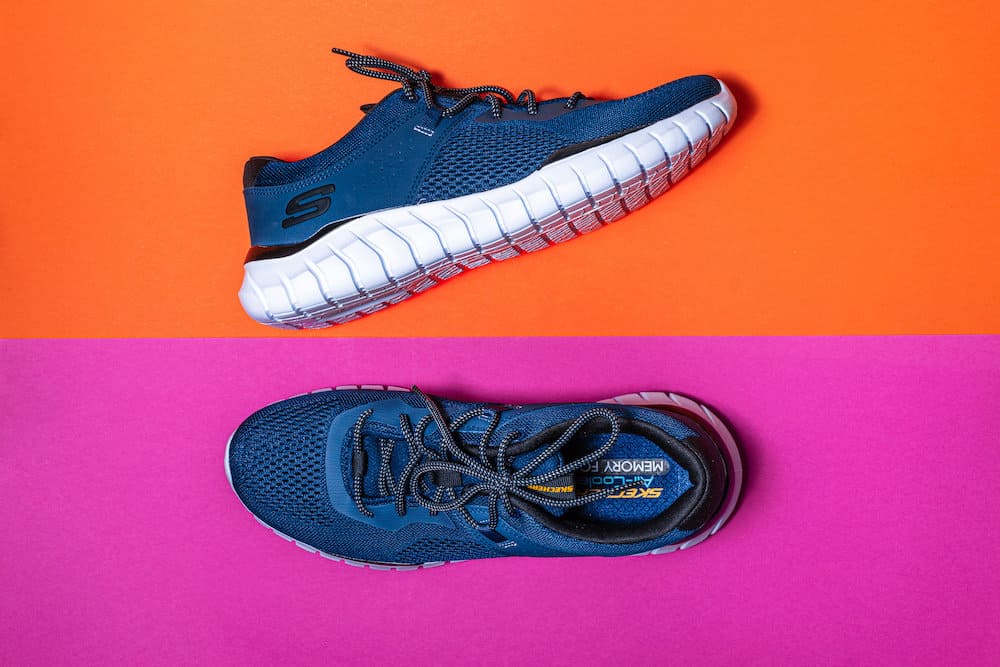
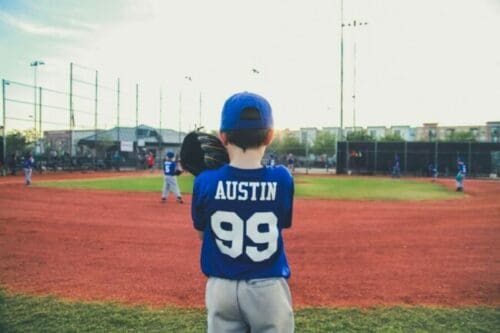
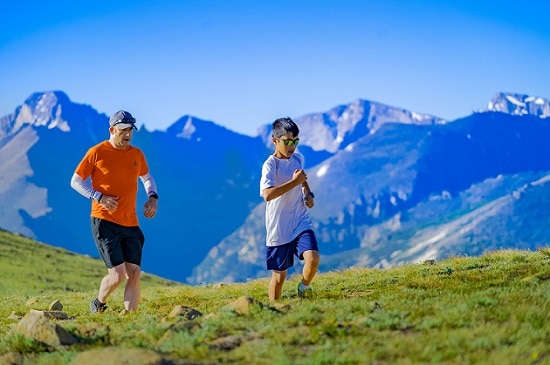

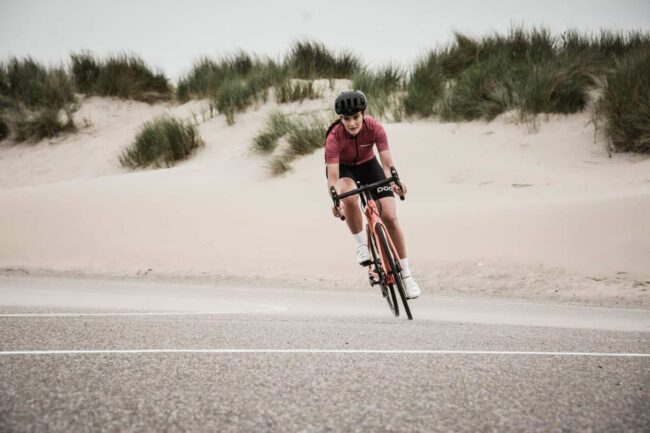
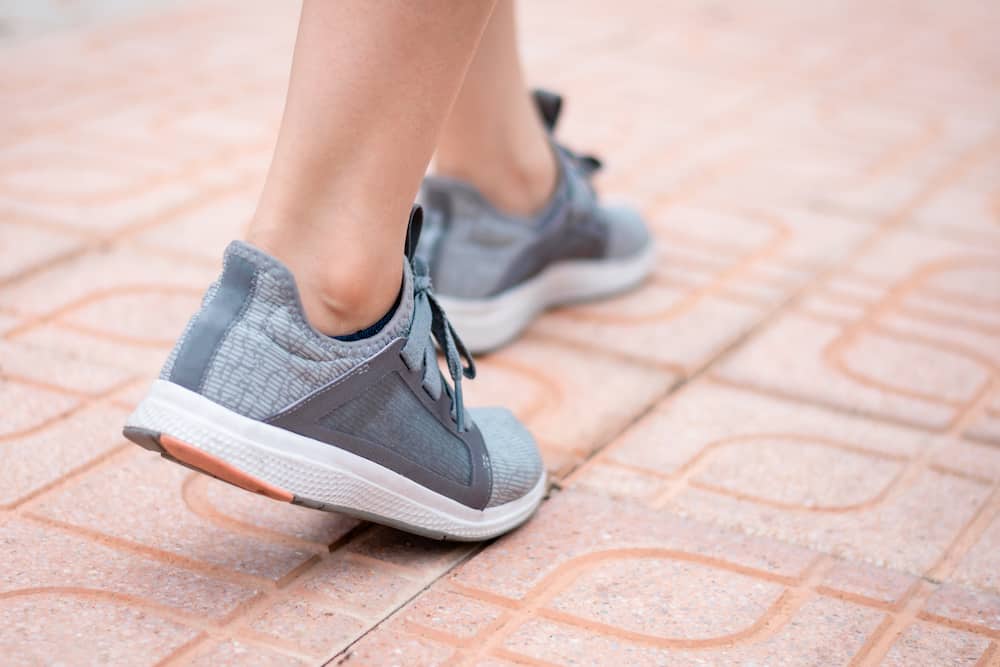

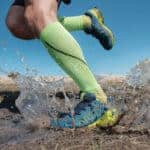


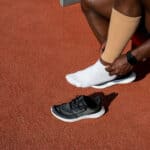

Good article. I am an amateur runner and I have often struggled to find the perfect fit of shoes with most of them too tight and they have caused me pain after running and blisters also. I will employ the tips given here and hope there will be positive changes…
Hi, Divine13 and thank you.
Thank you for your kind words.
If I can help you with anything else, or if you have any questions, don´t hesitate to contact me.
Thanks for writing this article on how should running shoes fit.when it come to running shoes what to look out for is comfort and fitness with perfect match in other to carried out running activity to the perfect desire.i find so many things you write in the article helpful. I will consider Evey each of them when am choosing my next running shoe
Hi, Ajibola40 and thank you.
Thank you for your kind words.
Good luck.
If I can help you with anything else, or if you have any questions, don´t hesitate to contact me.
Hi,
There is so much valuable information here, some of which I wasn’t aware of when ensuring running shoes fit correctly. I think the info and tips would also apply to any sports shoes and hiking/walking boots too.
I have always tended to think of one size fits and that my size applies to all types of shoes, you have made me think differently and I will check more in future when buying sports shoes.
Thank you
Louise
Hi, Louise and thank you.
Thank you for your kind words.
Great to hear your benefit of the article.
Good luck.
If I can help you with anything else, or if you have any questions, don´t hesitate to contact m
I’ve have suffered a great deal from bad fitting running shoes. I’ve even resigned myself to the blisters, numbness and extreme discomfort.
But now that I’ve learned how to choose the right running shoes, I see better days ahead for my feet.
I agree that I’m choosing the right running shoes, going to a store that has a wife variety of collections is important. That is one thing I’m sure to do next time I’m going running shoes shopping.
And about fitting with the larger foot, I always fail to do that. Although I know that my right foot is the larger one, I have a habit of always fitting with the left foot. And it always ends up in regret.
Hi, Peace and thank you.
Thank you for your kind words.
Great to hear your benefit of the article.
Good luck.
If I can help you with anything else, or if you have any questions, don´t hesitate to contact me.